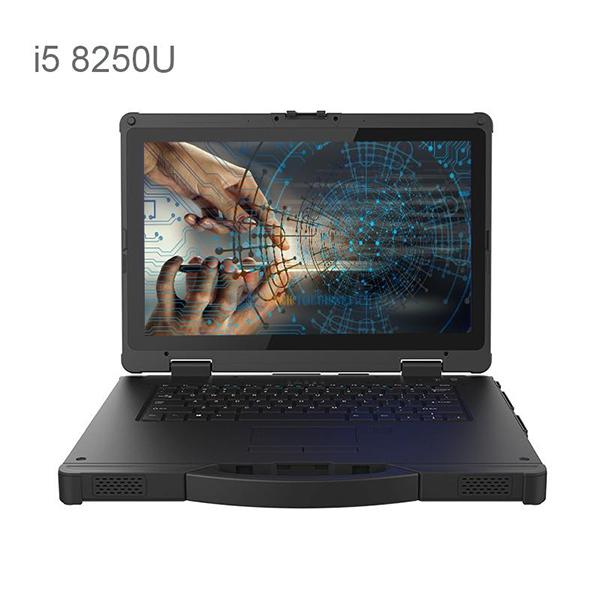Welcome STARK TOUCH DEVICE!
Solutions
Specification for Maintenance Log Recording of Industrial Control computers
Industrial Control Computer Maintenance Log Recording Standards
Maintaining detailed and accurate logs for industrial control computer (ICC) maintenance is essential for tracking system health, identifying recurring issues, and ensuring compliance with operational standards. A well-structured log provides a historical record of actions taken, parts replaced, and observations made during maintenance activities. This guide outlines best practices for recording ICC maintenance logs to maximize their utility and reliability.

Establishing a Consistent Log Structure
A standardized format ensures logs are easy to read, search, and analyze.
Core Information to Include in Every Entry
Each maintenance entry should capture fundamental details to provide context:
Date and Time of Maintenance
Record the exact date and time the maintenance was performed, including time zone if applicable.
Use a consistent format (e.g., YYYY-MM-DD HH:MM) to avoid confusion.
This information helps correlate maintenance activities with system performance data.
Technician or Team Responsible
Note the name or identifier of the individual or team conducting the maintenance.
Include contact information if available for follow-up questions.
This ensures accountability and allows for clarification if issues arise later.
System Identification Details
Specify the ICC’s unique identifier, such as a serial number or asset tag.
Include the system’s location or installation site for reference.
This helps distinguish between multiple systems undergoing similar maintenance.
Documenting Maintenance Type and Purpose
Clearly categorize the nature of the maintenance to streamline analysis:
Preventive vs. Corrective Maintenance
Classify the entry as preventive (scheduled) or corrective (unscheduled due to failure).
Preventive entries might include routine checks, cleaning, or firmware updates.
Corrective entries detail repairs or replacements following a system issue.
Specific Tasks Performed
List all actions taken during the maintenance session.
Examples include replacing a fan, updating BIOS settings, or cleaning internal components.
Be as detailed as possible to aid future troubleshooting.
Capturing Observations and Findings
Detailed observations provide insights into system behavior and potential issues.
System Status Before Maintenance
Recording the system’s condition prior to intervention helps measure the impact of maintenance:
Visual Inspection Results
Note any physical signs of wear, damage, or contamination.
Look for loose connections, dust buildup, or corroded components.
Document these findings with descriptions or, if possible, photographs.
Performance Metrics and Error Logs
Review system logs for error codes, warnings, or performance degradation.
Record relevant metrics such as CPU temperature, memory usage, or disk health.
These details help identify patterns or underlying problems.
Actions Taken and Their Outcomes
Detailing the steps taken and their results is critical for accountability and learning:
Parts Replaced or Repaired
List any components removed, replaced, or serviced during maintenance.
Include part numbers or descriptions if available (without referencing specific brands).
Note whether the replaced parts were new, refurbished, or salvaged.
System Response After Maintenance
Describe how the system performed following the maintenance actions.
Did the issue resolve? Were new problems introduced?
Include any tests conducted to verify functionality (e.g., stress tests, boot cycles).
Managing and Storing Maintenance Logs
Proper storage and accessibility ensure logs remain useful over time.
Digital Log Storage Solutions
Storing logs digitally enhances searchability and longevity:
Centralized Database or Cloud Storage
Use a secure, centralized platform to store all maintenance logs.
Cloud-based solutions offer remote access and backup capabilities.
Ensure the storage system supports version control to track changes.
Access Controls and Permissions
Restrict log access to authorized personnel only.
Implement role-based permissions to control who can view, edit, or delete entries.
This protects sensitive information and maintains log integrity.
Physical Log Backup Options
For redundancy, maintain physical copies of critical logs:
Printed Copies in Secure Locations
Print and store hard copies in fireproof, waterproof containers.
Keep copies offsite in case of facility damage or loss.
Update physical copies periodically to reflect digital changes.
Microfilm or Archival Media
For long-term preservation, consider transferring logs to microfilm or archival-grade media.
These formats resist degradation over decades and are less susceptible to cyber threats.
Label and organize physical backups clearly for easy retrieval.
Ensuring Log Accuracy and Completeness
Quality control measures prevent errors and omissions in maintenance logs.
Review and Approval Processes
Implement checks to verify log entries before finalization:
Peer Review by Senior Technicians
Have a second technician review each log entry for accuracy and completeness.
The reviewer should confirm that all required fields are filled and observations are clear.
This step catches mistakes and ensures consistency across logs.
Supervisor Sign-Off for Critical Maintenance
For major repairs or system upgrades, require supervisor approval before closing the log.
The supervisor should verify that the maintenance aligns with organizational policies.
This adds an extra layer of oversight for high-stakes activities.
Continuous Improvement of Log Practices
Regularly refine log recording procedures based on feedback and experience:
Feedback Loops from Technicians
Encourage technicians to suggest improvements to the log format or process.
Collect feedback on what works well and what causes confusion or delays.
Use this input to streamline future entries.
Training on Updated Procedures
Conduct regular training sessions to keep staff informed about changes to log standards.
Include hands-on practice with the log system to build familiarity.
Emphasize the importance of accurate logging for system reliability and compliance.
By following these guidelines, organizations can create comprehensive, reliable maintenance logs for industrial control computers. These logs serve as invaluable tools for troubleshooting, auditing, and optimizing system performance over time.


